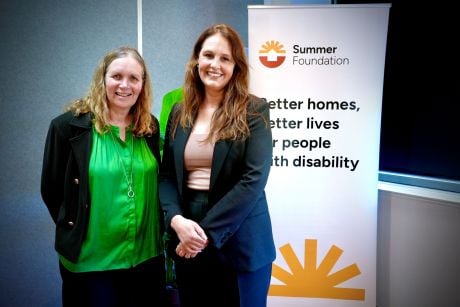Researchers have developed a non-destructive method to identify and map ancient fires at archaeological sites.
“Fire allowed early humans to live in a range of environments and exploit more food types,” explains lead researcher, and La Trobe Bachelor of Archaeology (Honours) graduate, Ada Dinckal. “Fire also leaves a magnetic footprint in the archaeological record, enabling us to identify when and where it was used.”
The methods used to identify ancient fires often destroy the samples. They are also impractical for large-scale mapping of archaeological sites.
Dinckal, along with co-author and supervisor, Professor Andy Herries, and colleagues, found a solution in the Earth itself.
“The burning of sediments alters the types and concentrations of magnetic minerals in sediments,” explains Professor Herries, the Head of the Australian Archaeomagnetism Laboratory at La Trobe University. “We used archaeomagnetism, a technique where we test the magnetic properties of the sediments.”
Using a portable scanner, they identified areas of the archaeological site where the magnetic properties of the minerals had been impacted by the people living there. The concentrations of the minerals were mapped, revealing the location of ancient fires.
“It’s a quick, easy and non-destructive technique,” says Dinckal. “Importantly, it can help identify areas where human burning events may have affected the sediment, but an actual fire is no longer visible to the naked eye.”
“We were able to map a series of archaeological sections at the 74,000 to 71,000-year old site of Pinnacle Point Cave 5/6 in South Africa, and determine where fireplaces and fires were.”
The features identified using archaeomagnetism can then be investigated in further detail.
“Because it’s a fast and easy technique, archaeomagnetism can be used at sites to guide excavation strategies and large-scale mapping,” says Professor Herries. “We hope it will become standard practice in archaeological excavations so that we can better identify fire use and other archaeological features.”
Professor Herries is now undertaking this work on archaeological sites in Africa and Australia with a range of Traditional Owner groups, while Ada Dinckal is using this method as part of his PhD research on Neanderthals in Spain.
Read the paper and learn more about the Australian Archaeomagnetism Laboratory.
Find out more about the Department of Archaeology and History. Visit the website and LinkedIn.


